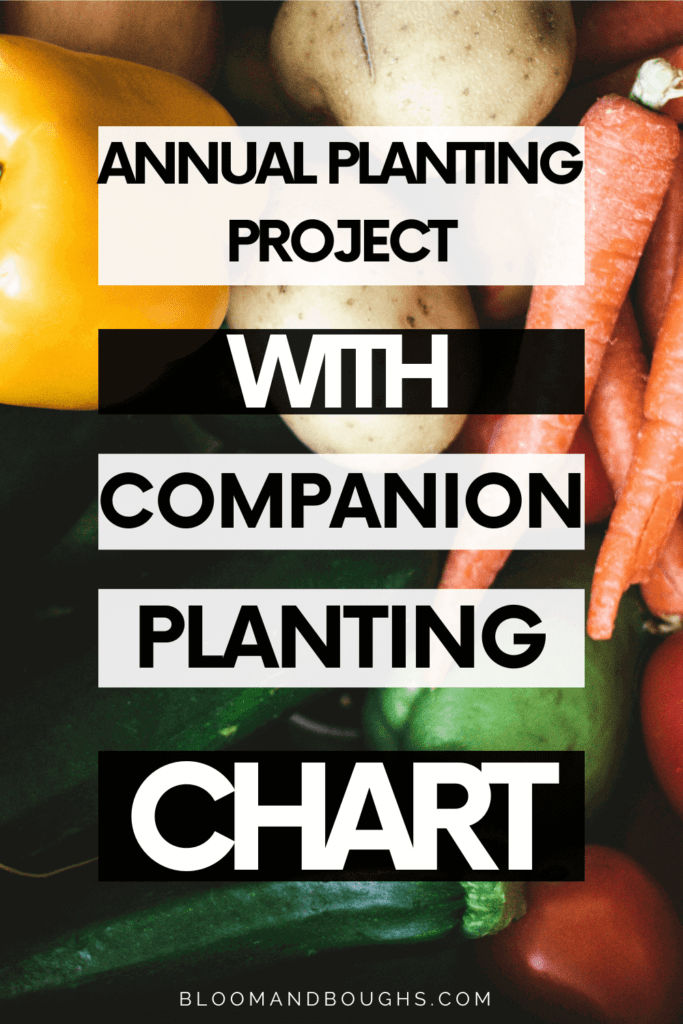Hey there,
The foundation of successful gardening lies in a well-designed sowing plan. In this article, we will demonstrate how to create a plan that brings the best possible harvest for both the garden and the family throughout the spring-to-fall period.
You can start by selecting the plants you want to grow. Consider environmental factors such as soil quality and sunlight. Choose species and varieties that adapt well to local conditions.
Planting Dates and Space Requirements
The timing of sowing is crucial. Pay attention to the growth period of plants and plant them at the appropriate time. Consider the space requirements of each plant to ensure they have enough room for growth. While each vegetable has its optimal sowing time, many can be sown multiple times a year.
Here, you can find a small help, summarized in a table:
Companion Planting and Interactions
It’s essential to know that some plants enhance each other’s growth, while others hinder it. Plan in a way that compatible plants are placed next to each other. Plants can also complement each other in space, for example, you can plant a tall plant next to a low plant growing below it, making optimal use of the space. However, some plants can compete for soil nutrients, so it is very important to ensure their compatibility.
We have prepared a table that includes the good and bad companions of common garden plants:
| Plant | Good Companions | Bad Companions |
| Bush Bean | Strawberry, Cucumber, Pumpkin, Potato, Cauliflower | Pea, Garlic, Onion, Leek |
| Pea | Dill, Cucumber, Pumpkin, Brassicas | Bush Bean, Potato, Garlic, Leek |
| Potato | Late Brassicas, Kohlrabi, Corn | Bush Bean, Beetroot, Celery, Pear Tree |
| Beetroot | Bush Bean, Dill, Cucumber, Garlic | Potato, Asparagus, Bean, Leek |
| Zucchini | Corn, Beetroot, Bean, Onion | Tomato |
| Lettuce | Bean, Strawberry, Cucumber, Brassicas | Parsley, Celery, Bush Bean, Sunflower |
| Garlic | Strawberry, Cucumber, Beetroot, Carrot | Pea, Brassicas, Bean, Leek |
| Onion | Strawberry, Cucumber, Lettuce, Carrot | Bush Bean, Brassicas, Leafy Kale |
| Radish | Bush Bean, Pea, Kohlrabi, Lettuce | Cucumber, Onion, Zucchini, Cabbage |
| Brassicas | Bush Bean, Endive, Pea, Potato | Strawberry, Mustard, Garlic, Onion |
| Kohlrabi | Bush Bean, Pea, Potato, Radish | Pepper, Tomato, Onion |
| Corn | Bush Bean, Cucumber, Potato, Pumpkin | Beetroot, Celery, Lettuce, Carrot |
| Sunflower | Cucumber, Pumpkin, Corn, Bush Bean | Potato, Lettuce, Celery |
| Tomato | Celery, Garlic, Bush Bean, Eggplant | Pea, Potato, Beetroot, Radish |
| Leek | Strawberry, Onion, Radish, Kohlrabi | Bush Bean, Pea, Brassicas, Cabbage |
| Carrot | Pea, Radish, Asparagus, Garlic | Beetroot, Sugar Beet, Celery, Corn |
| Spinach | Strawberry, Potato, Celery, Brassicas | Sugar Beet, Beetroot, |
| Strawberry | Bush Bean, Lettuce, Garlic | Brassicas, Broccoli |
| Horseradish | Potato, Fruit Trees (Pear Tree, Apple Tree) | |
| Cucumber | Brassicas, Beetroot, Sunflower, Celery | Tomato, Potato, Cantaloupe |
| Celery | Brassicas, Beetroot, Kohlrabi, Garlic | Lettuce, Potato |
Pest and Disease Protection
One notable aspect of the companion planting strategy is natural protection against pests and diseases. For instance, plants like mint or rosemary can deter slugs, as their scent repels these harmful creatures. Additionally, some plants, such as chicory, can absorb harmful organisms from the soil that can attack other plants.
Microenvironments created through companion planting can also help certain plants support each other naturally in the fight against pests and diseases. For example, interplanting tomatoes with basil is good companionship and protects tomatoes from various pests and fungal diseases.
Biodiversity and Ecological Sustainability
Companion planting can be an effective tool in preserving biodiversity and achieving ecological sustainability. The simultaneous presence of various plants in the garden promotes diversity in natural habitats, which is beneficial for the horticultural ecosystem.
The different nutritional needs and life cycles of individual plants can also help improve soil quality. For example, beans or red clover, which can fix nitrogen, contribute to the nutrient supply of the soil. Furthermore, planting bee-friendly plants such as lavender or oregano can attract pollinators, essential for maintaining horticulture and gardening cultures.
In this way, companion planting not only focuses on the relationships between plants but can also promote the sustainability of the entire garden’s ecological system, preserving and increasing biodiversity in the garden.
Creating a plant bed
In the planning of companion planting, the formation of plant beds plays a crucial role as these structures influence the interactions between plants and the overall health of the garden. Here, we will detail how to efficiently design plant beds, utilizing the advantages of companion planting:
1. Water Drainage and Soil Quality:
- When designing plant beds, ensure proper water drainage. Incorporate landscape design, raised beds, or irrigation systems to avoid stagnant water that can harm the plant roots.
- Consider different soil types and qualities to create diverse plant beds that allow various plants to thrive under optimal conditions.
2. Height and Arrangement:
- Plant the plants in such a way that the taller ones do not shade the smaller ones and each plant receives the right amount of sunlight.
- Consider the space requirements of individual plants and plant them in such a way that they have enough space for their growth.
3. Based on Companions:
- Create plant beds so that companion plants are placed close to each other. For example, plant species that benefit each other’s growth or protection should be positioned nearby.
- Plant different species in a way that maximizes the benefits of companion planting. For instance, plant basil alongside tomatoes to deter pests.
4. Seasons and Sowing Times:
- Plan the plant beds to reflect the optimal sowing times and adaptability of each plant to different seasons.
- Considering the growth pace of plants, arrange them to complement each other, ensuring richness in the garden throughout the entire year.
5. Placement of Shrubs and Perennials:
- When designing perennial plant beds and shrubs, ensure that these plants harmonize with the garden in the long term and do not unnecessarily shade other plants.
During the planning of plant beds, you should consider the principles of companion planting, allowing them to facilitate mutual support among plants and maintain the ecological balance of the entire garden.
Here you’ll find an A to Z guide about raised bed gardening: From Seed to Harvest: A Comprehensive Guide to Successful Raised Bed Gardening | Bloom and Boughs
Journaling and Evaluation
Maintaining a garden diary can help track the garden’s progress, including sowing and harvesting dates and the plants’ health. It’s best to keep it electronically for easy access in the future. Having a record of multiple years helps in learning from past decisions. For example, if there wasn’t enough space for seedlings last year, the next plan can account for that. Or, if a particular seed brand yielded poor results, it can be avoided in favor of another. This way, the garden becomes progressively smarter!
Conclusion
Gardening, even if we pursue it only as a hobby, still requires time and energy from us. A well-designed sowing plan is the foundation of successful gardening. Pay attention to details and apply the above tips to achieve a rich and healthy garden. Happy gardening!
Source of the image pictures: Beautiful Free Images & Pictures | Unsplash








0 Comments